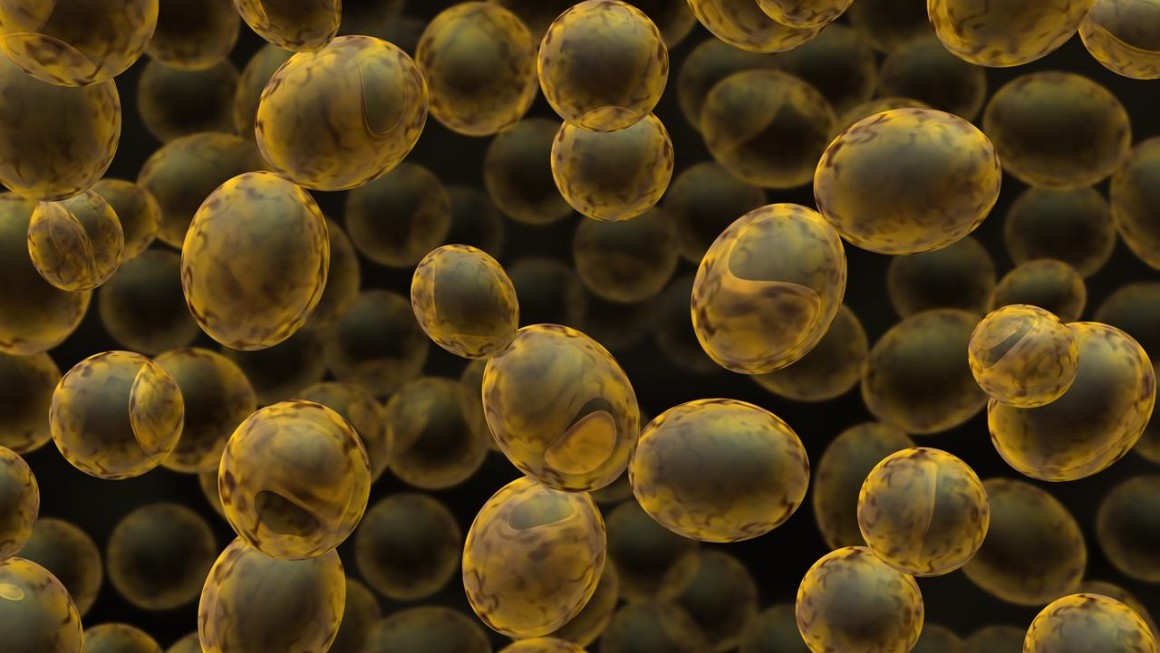Found in the freshwater microalga Ochromonas danica, the amphiphilic chlorosulfolipids are very unique due to their high levels of chlorination and sulfation. The major chlorosulfolipid found in O. danica is danicalipin A which contains six chlorination and two sulfates with certain stereochemistry on a linear 22-carbon chain. It is difficult to purify danicalipin A from natural resources, so there is still few study regarding such molecule and thus it remains a popular synthetic target. Danicalipin A is cytotoxic to human and it plays a functional role acting as a component of the flagellar membrane of O. danica.
People did not know clearly that how O. danica protects itself from the toxicity produced from danicalipin A and other chlorosulfolipids, and whether this moleculea are the part of their membranes or not. A deerer insight of the formation of these molecules and the interaction with membranes could help understand how other amphiphilic small molecules interact with membranes. In order to amplify the mechanisms of the interaction as well as the effects of the chlorination pattern and stereochemistry of danicalipin A on toxicity and potential functional roles, the researchers combined enantioselective chemical synthesis and membrane biophysics.
Through the experiment, they concluded a proposed model for the intergration of danicalipin A with lipid bilayers which shows that danicalipin A is inserted to the hydrophobic/hydrophilic interface, resulting in sulfate hydration, and the hydrophobic chain is buried in the bilayer. Then, the bilayer is disordered and thinned due to the distortion of the lipid tails to fill the space created by danicalipin A. As a result, the phosphatidylcholine will substitute DPTS to fluidize and form fluid giant unilamellar vesicles (GUVs) at RT. Also, the study revealed the great effect the halogenation of the alkyl chain had on the tested membrane activity of sulfolipids. By removing chlorine atoms from danicalipin A, its membrane activity reduced greatly. In addition, halosulfolipids play a functional role in O. danica based on the growth rate of the species in media with a variety of chloride concentrations. Media with higher chloride concentrations promoted quicker growth and different O. danica densities than that with lower chloride concentrations. The mechanisms might be useful in the development of membranes with beneficial properties and membrane-altering molecules.




